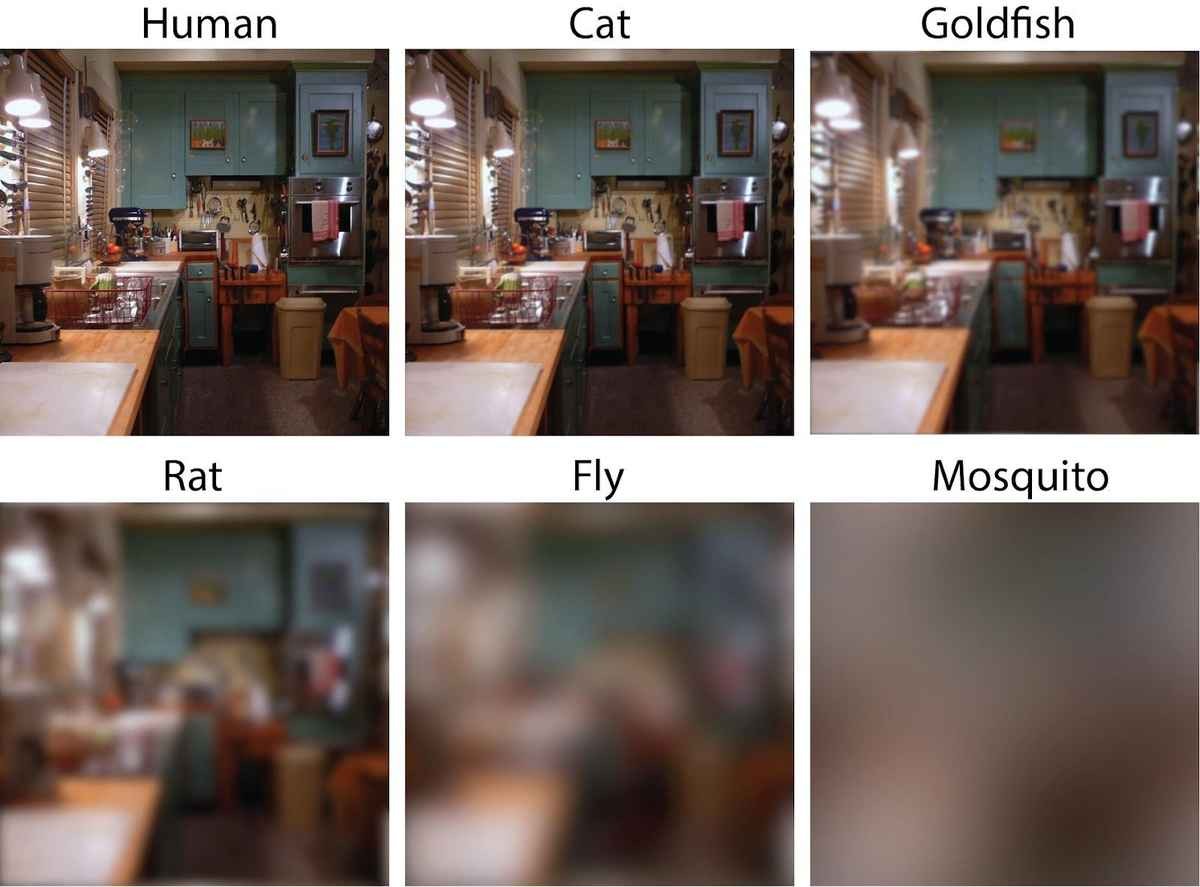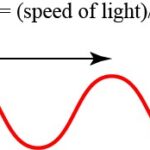Human vision is a complex and fascinating subject. We often take for granted our ability to see the world in vivid color and detail, but how does our eyesight stack up against other animals? This article delves into the intricacies of human vision compared to the visual capabilities of various animal species, exploring differences in acuity, color perception, night vision, and the influence of eye structure on visual fields.
Human eyes boast impressive detail perception compared to many animals. (Source: Earth.com)
The Marvel of Human Vision
Human eyes are remarkably intricate organs, enabling us to perceive a vast spectrum of colors and discern subtle details. Key components like the cornea, lens, retina, and optic nerve work in concert to capture and process light, transforming it into the images we see. The cornea and lens focus incoming light onto the retina, which houses specialized cells (rods and cones) that convert light into electrical signals. These signals are then transmitted to the brain via the optic nerve, where they are interpreted as visual information.
Seeing the World Through Different Eyes
Animals experience the world visually in vastly different ways compared to humans. Our trichromatic vision, based on three types of color receptors (cones) sensitive to red, green, and blue light, allows us to perceive a wide range of colors. While we excel at detail in bright light, nocturnal animals like foxes have evolved superior low-light vision thanks to a higher concentration of rods – specialized cells for dim-light conditions. Birds of prey, such as hawks, possess forward-facing eyes that grant exceptional depth perception crucial for hunting from high altitudes. Underwater creatures, like fish, often have tetrachromatic vision, with an additional cone sensitive to ultraviolet light, expanding their color perception beyond our own.
Foxes have adapted for low-light vision, while hawks prioritize depth perception.
Physical Variations in Eye Structure
Animal eyes exhibit striking anatomical diversity compared to human eyes. Some species, such as spiders and insects, boast multiple pairs of eyes, affording them a wider field of view and enhanced motion detection. The giant squid possesses eyes that can reach up to 10 inches in diameter, potentially aiding in capturing faint light in the deep ocean’s darkness. While such differences are significant, fundamental similarities exist across many species. Mammals, including pigs and tigers, share basic eye structures like the cornea, pupil, and retina with humans.
The giant squid’s large eyes might help detect predators in the dark depths. (Source: HowStuffWorks)
Visual Acuity: Clarity and Detail
Visual acuity, the sharpness of vision, depends on factors like eye size and shape, the density of light-sensitive cells, and the presence of lenses. Humans rank highly in visual acuity among animals, surpassed primarily by eagles, owls, sheep, and goats. Our high concentration of cones enables exceptional detail perception in well-lit environments. However, in low-light conditions, animals with a higher rod density, such as cats and dogs, possess superior night vision.
The Spectrum of Color Vision
Color perception varies dramatically across the animal kingdom. Humans, with our three cone types, see a rich palette of colors. Many mammals have only two cone types, limiting their color range. Dogs, for example, lack red cones. In contrast, bees and butterflies possess four cone types, including one sensitive to ultraviolet light, allowing them to perceive colors invisible to humans. This adaptation aids them in locating nectar-rich flowers with ultraviolet patterns.
Humans see a vibrant world, but miss the ultraviolet light visible to bees. (Source: Color Meanings)
Night Vision: Seeing in the Dark
Human eyes adapt to low light through pupil dilation and increased rod sensitivity. However, many animals surpass our night vision capabilities. Cats, notably, possess a reflective layer called the tapetum lucidum, which amplifies incoming light, allowing them to see exceptionally well in near-total darkness.
The tapetum lucidum gives cats exceptional night vision. (Source: Natural Living Things)
Eye Position and Field of View
Eye placement significantly impacts an animal’s visual field. Humans have a wide field of view, but chameleons possess the remarkable ability to move their eyes independently, granting them a 360-degree view without head movement. Predators, like eagles, have forward-facing eyes for binocular vision and precise depth perception, while prey animals, like rabbits, often have side-placed eyes for a panoramic view and enhanced predator detection. Chameleons’ independent eye movement allows for exceptional situational awareness.
Conclusion: A Spectrum of Visual Adaptations
Human eyesight, while impressive in its acuity and color perception, represents just one variation in the vast spectrum of animal vision. Each species has evolved unique visual adaptations tailored to its specific environment and survival needs, showcasing the remarkable diversity and adaptability of the natural world. From the intricate detail perceived by the human eye to the exceptional night vision of cats and the panoramic view of prey animals, the animal kingdom offers a fascinating array of visual strategies.
References
- “How do other animals see the world?”, Natural History Museum.

